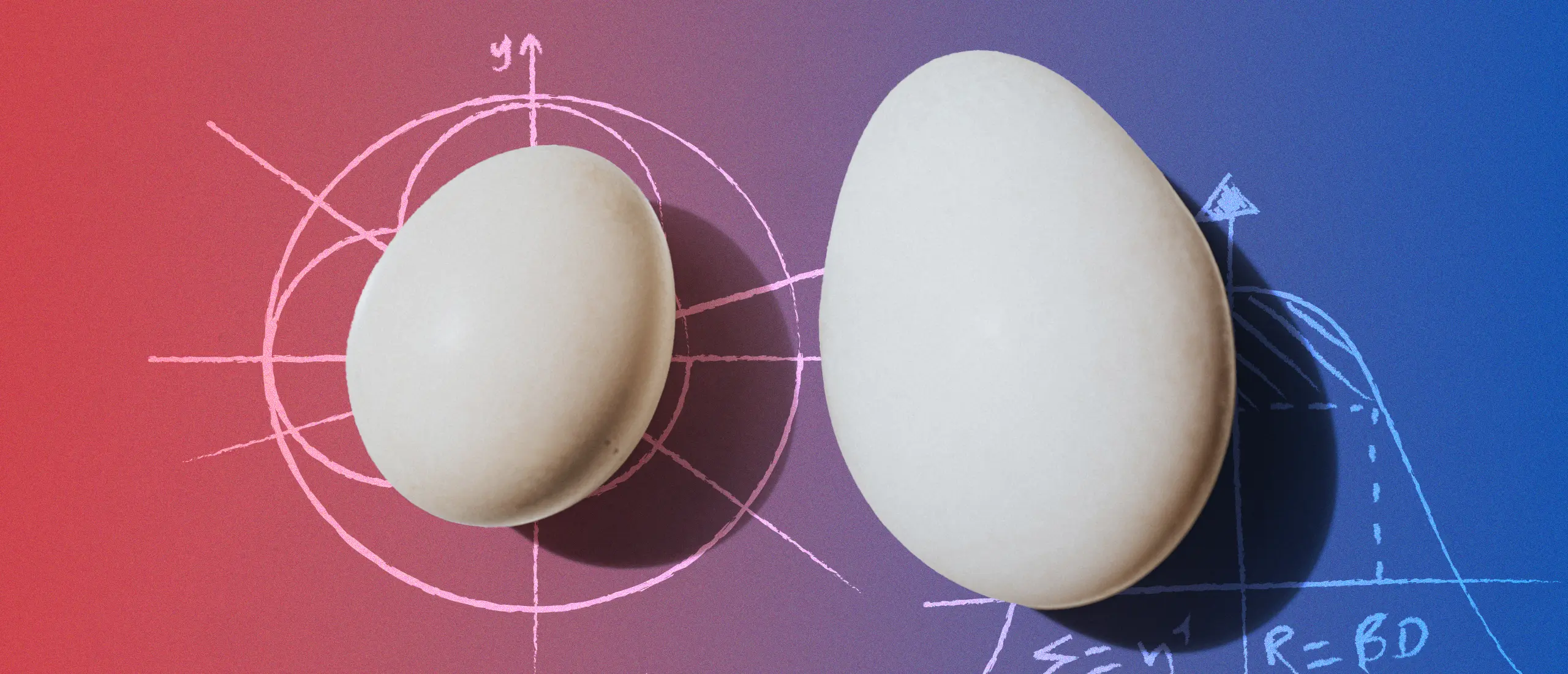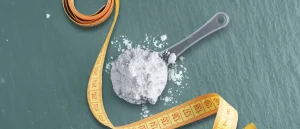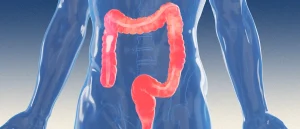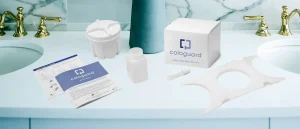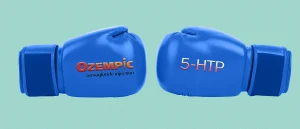Why Are My Testicles Shrinking?
- By Rachael Schultz
- February 29, 2024
If your usual handful below the belt feels more like playing with marbles these days, no doubt alarm bells in your head are blaring, why are my testicles shrinking?
“If I examine a patient who has very low-volume testicles, the first question I ask them is: ‘Are you on testosterone replacement or have you ever been?’ And very often that answer is yes,” explains male fertility expert Rajiv Jayadevan, M.D.
Testicular atrophy, as it’s clinically called, is a very common side effect to taking TRT, even at healthy doses. Still, it’s something you should flag to your doctor as it can also be a sign of other health issues, like an infection or a more serious disease (1).
If your testicles feel significantly smaller in volume compared to normal, it’s important to identify the root cause. (And keep in mind that some men may naturally have smaller-than-average testicles and that’s not a cause for concern—what’s considered a normal size is a spectrum.)
About the Experts
Rajiv Jayadevan, M.D., is an andrologist and urologist, currently serving as an assistant clinical professor of urology at UCLA with a clinical focus in testosterone replacement therapy, erectile dysfunction, and infertility. He’s also a male fertility expert at UCLA’s The Men’s Clinic.
Ramkishen Narayanan, M.D., is a board-certified urologist and urologic oncologist. He is currently the director of the Center for Urologic Health at The Roy and Patricia Disney Family Cancer Center at Providence Saint Joseph Medical Center in Burbank, CA.
What Is Testicular Atrophy?
Testicular atrophy is, in short, when testicles shrink in volume. If volume has gone down, that’s usually a sign that your sperm count is down too. That’s because “the bulk of testicular volume is dedicated to sperm production,” explains urologic oncologist Ramkishen Narayanan, M.D.
Though, reduced sperm count is just a side effect of what’s really going on.
What Are Some Common Causes of Testicular Atrophy?
Testicular atrophy is most common in kids and teenagers, says Narayanan, where a testicle may not have dropped (2). Varicoceles (when the veins that bring blood away from the testicles become enlarged) are also likely culprits (3).
The most common causes in adults, however, include hormone imbalances and taking too much testosterone replacement.
Hormone imbalance
Both experts agree testicular atrophy in adulthood is most often due to testosterone imbalance. Most often, this happens in men taking external exogenous testosterone (aka, T your body didn’t produce) to get their levels back into a healthy range for their age. Testosterone replacement therapy (TRT) shuts down the hormone produced by the pituitary that usually “talks to” the testicles. As a result, the testicles no longer receive the signal to produce testosterone or sperm, which causes a decrease in volume, Jayadevan explains.
This effect could indicate that you’re on too high a dose of TRT, but Jayadevan says he also sees this symptom in his patients who are on healthy doses (4).
On the flip side, if you’re not on TRT and notice your testicles are smaller than usual—and you also have other symptoms like low energy, weight gain, erectile dysfunction you could be experiencing symptoms of low testosterone, Jayadevan adds. A hormone test can determine if this is the cause of your shrinkage.
Steroids
Much like taking too much TRT, anabolic steroids (5) can interrupt hormonal communication between the pituitary gland and testicles, inhibiting your T and sperm production.
An infection
Various infections can also cause testicular atrophy, namely orchitis (inflammation of the testicles) or epididymitis (inflammation of the tube at the back of the testicles), or epididymo orchitis, which is a combination of the two infections, Jayadevan says. Any of these cause your body to slow down or stop production of testosterone and sperm, leading to atrophy.
But in most cases, the change in testicle size will be accompanied by tell-tale signs of an infection, including testes pain or tenderness, fever, nausea, and potentially pain when you urinate and/or discharge from your penis. In this case, your doc will do a physical test, an exam, and potentially a urinalysis.
While an infection like epididymo orchitis (which is often caused by a sexually transmitted infection) is somewhat common, a 2023 study found only 5 percent of infected men actually had testicular atrophy (6).
Localized trauma
Trauma to the area (such as getting kicked in the balls) can definitely cause your testicles to shrink in size, usually due to the fact that the blood supply has been cut off, which can eventually lead to atrophy, Jayadevan explains.
Rarely, testicular cancer
Testicle shrinkage can also be a sign of testicular cancer, studies show (1). However, research also says this is pretty rare (though it’s definitely still a smart idea to ask your doctor about a screening) (7).
Even so, if none of the above hit home as possibilities, it’s especially important to make an appointment with your urologist.
Common risk factors of testicular atrophy
While a hormone imbalance, restricted blood supply, and infection are the most common causes of testicular atrophy, other factors also raise your risk of shrinkage:
- Age: Your risk for atrophy increases the older you get
- Chronic diseases: Some diseases linked with an increased risk of hypogonadism, such as HIV, diabetes and endocrine problems, may also increase your risk for testicular atrophy, Jayadevan says.
- Obesity: “Obesity is a major factor that can impair testicular function and resultantly cause testicular volume loss,” Narayanan says. This makes sense considering obesity is a leading risk factor for low testosterone levels, which we know is a key cause of shrinking gonads (8).
Should I Be Worried About Shrinking Testicles?
The core concern with testicular shrinkage is low testosterone levels, says Narayanan, so it’s worth getting checked out. Even if you aren’t experiencing symptoms like low libido or weight gain, an untreated testosterone deficiency can impact your health. “Low T has many wide-ranging side effects for a man’s overall health—cardiovascular, metabolic, bone health,” he adds.
For guys already on TRT who notice their testicles are smaller than normal, shrinkage may be cause for concern if they’re thinking about starting a family. While it’s possible for couples to conceive if the man is on TRT, the treatment can lead to a decreased sperm count (9). If you’ve been working with a knowledgeable doc, this shouldn’t come as a surprise, though it can still be difficult for many men to process. There are options: clomiphene citrate is a medication that increases testosterone without impacting fertility—or shrinking your testicles (10).
The other main side effect of smaller testicles for guys on TRT is anxiety or stress over the dwindling size, Narayanan adds. Talking to your urologist about treatment and options can help.
How Do You Treat Testicular Atrophy?
If your testicles feel smaller than normal, make an appointment with your urologist. They’ll be able to assess exactly what’s going on and how to proceed with treatment.
If TRT is the culprit your doc might cut your dosage down to see if that helps. Keep in mind if you’ve been on hormone replacement for years, it’s going to take a long time before your testicles return to their baseline size, and there’s no guarantee your sperm production will return if it has been inhibited, Jayadevan says.
One option your doctor may recommend is to continue taking TRT and add on one of two medications, according to Jayadevan. The first is Human Chorionic Gonadotropin (hCG), which helps stimulate the testicles to make their own testosterone. The second is Clomiphene citrate, which indirectly stimulates testosterone production by blocking estrogen’s effect on the hypothalamus and pituitary gland.
Jayadevan says he’s had patients who took these alongside their TRT and were able to reverse their testicular atrophy and maintain sperm production—though numbers often still fell below baseline and, in many cases, sperm production continued to dwindle over time.
Hone’s at-home testosterone assessment is the simplest way to uncover whether your levels are low. If you qualify for treatment, TRT can be sent right to your door.
The Bottom Line
Realizing that your testicles are shrinking can definitely be scary. But in most cases, it’s a sign of hormone imbalance. If you’re on TRT, this is a relatively normal side effect. If you’re not on TRT, but are experiencing exhaustion, poor sleep, low libido, or hair loss, your testicular atrophy may be a sign of low testosterone levels.
Regardless, if your testicles feel like they’re smaller than you remember, talk to your urologist. They can rule out anything more serious, including very treatable problems like an infection. And if it is a side effect of your TRT, your doc can advise what your best options are.
References
1. Gregor Mikuz, 2015. Update on the pathology of testicular tumors
2. Fesih Ok, et al, 2022. The role of the resistive index in predicting testicular atrophy after orchiopexy in unilateral undescended testis
3. Pieter-Jan Lourdaux, et al. 2023. Evolution of testicular asymmetry during puberty in adolescents without and with a left varicocele
4. Amir Shahreza Patel, et al. 2019. Testosterone Is a Contraceptive and Should Not Be Used in Men Who Desire Fertility
5. J A García-Arnés et al, 2022 Doping and sports endocrinology: anabolic-androgenic steroids
6. Sarah Marie Norton, et al. 2023. Outcome of acute epididymo-orchitis: risk factors for testicular loss
7. Delange Augustin, et al. 2022. Right Testicular Seminoma With Bilateral Testicular Atrophy in a 44-Year-Old Infertility Patient
8. Monica Caliber, et al. 2020. Testosterone Therapy for Prevention and Treatment of Obesity in Men
9. Ankit Desai, et al. 2022. Understanding and managing the suppression of spermatogenesis caused by testosterone replacement therapy (TRT) and anabolic-androgenic steroids
10. Beryl Lin, et al. 2023. Dose-dependent response to long-term clomiphene citrate in male functional hypogonadotropic hypogonadism.



